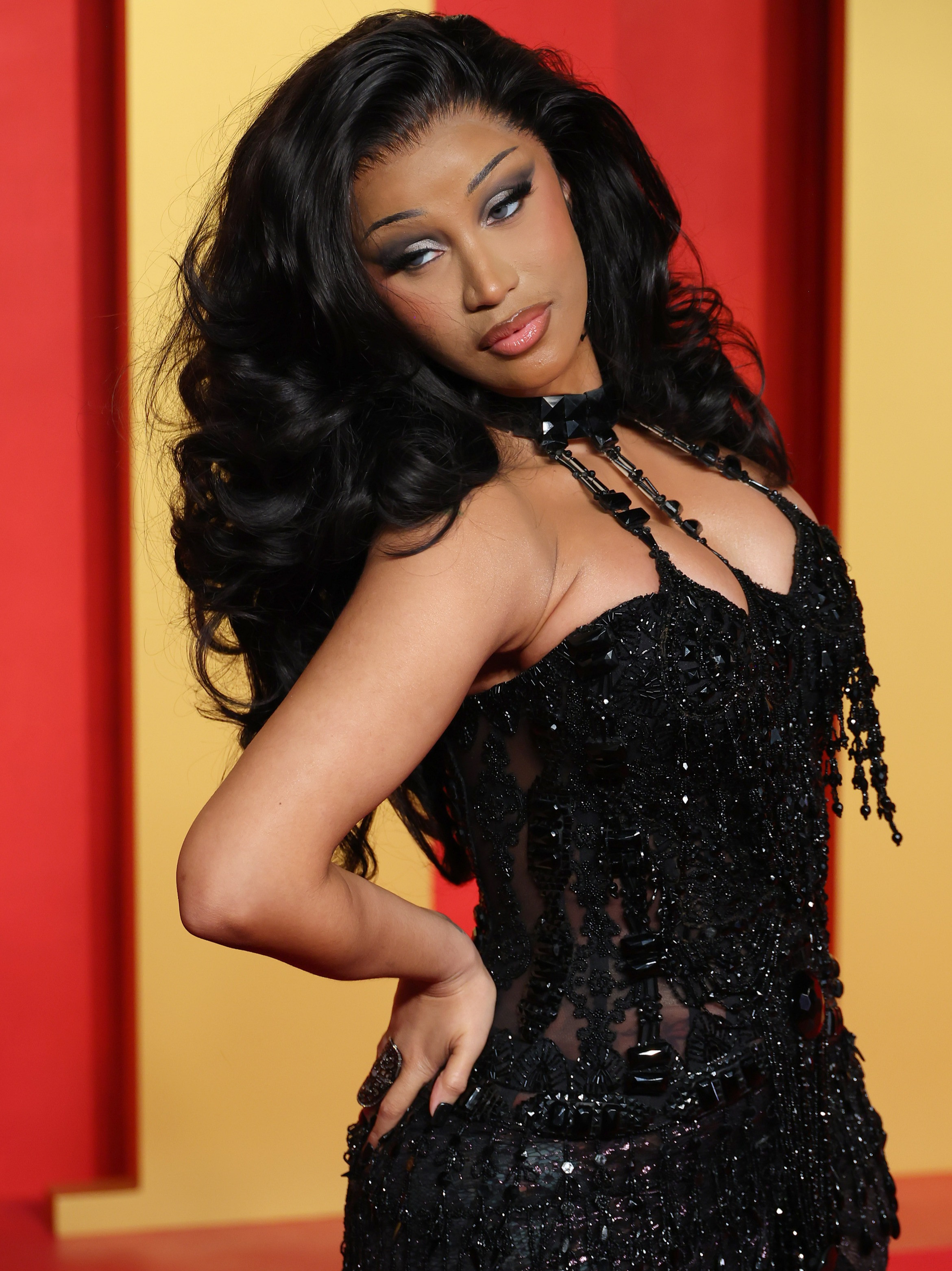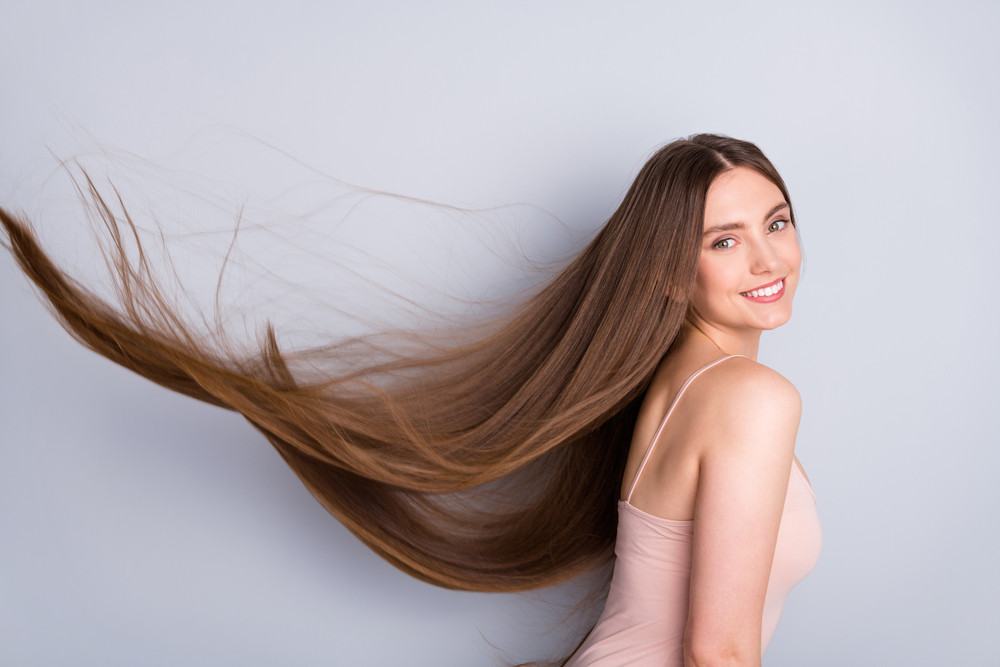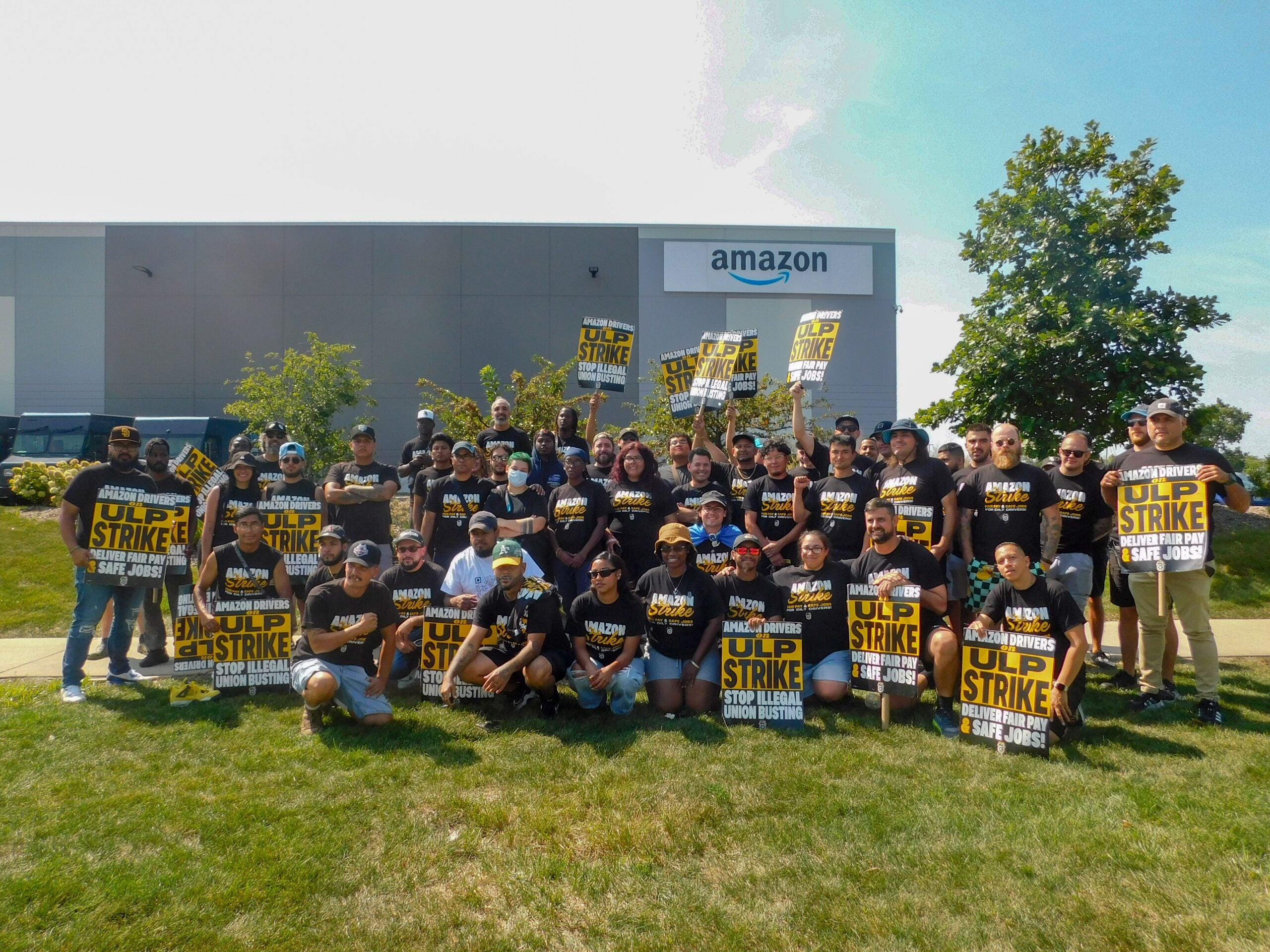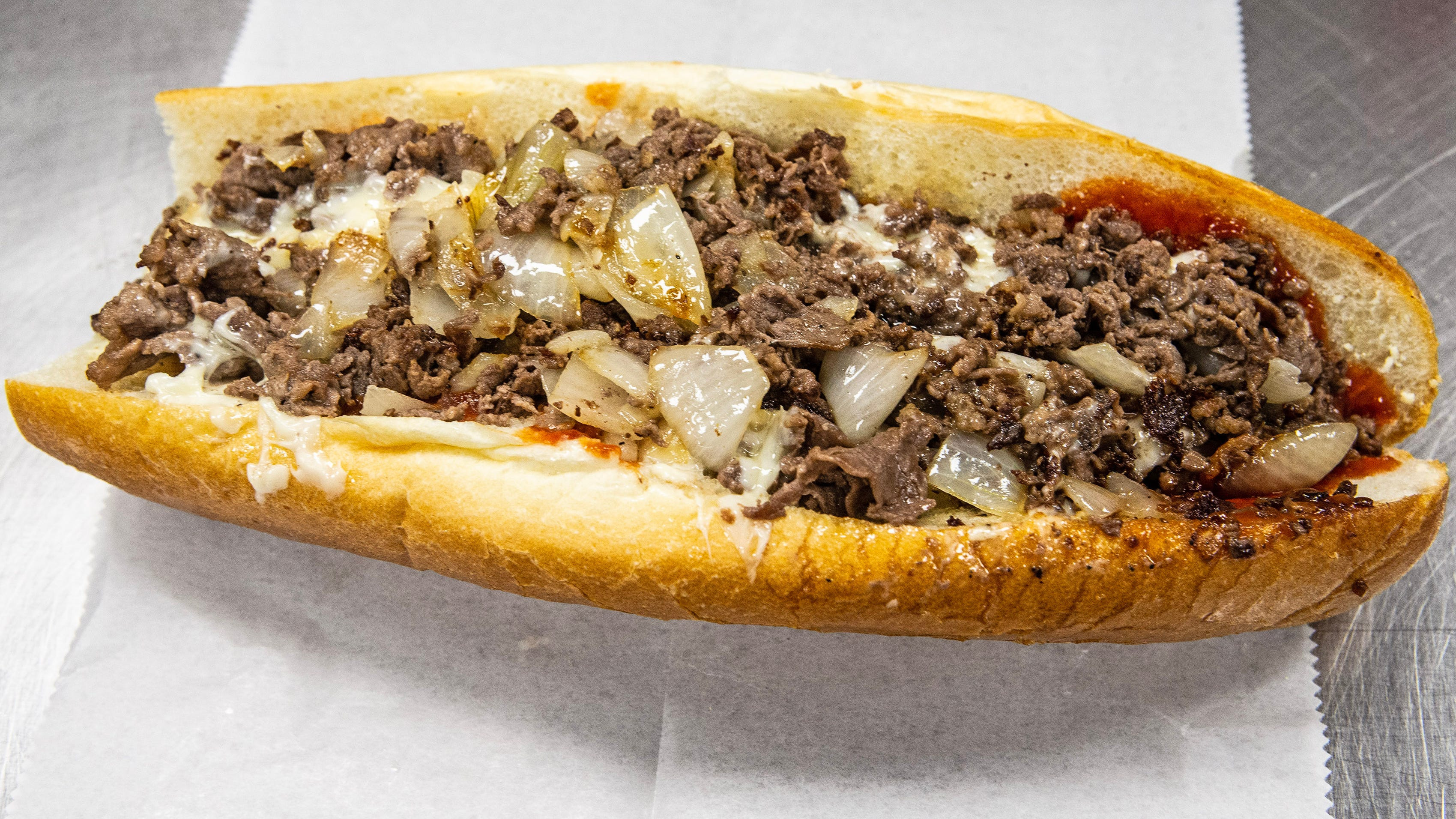Hair Growth Secrets: Expert Tips for Longer, Healthier Locks
Two hair experts have revealed the little-known methods for stimulating hair growth that can be done at home. The methods include how to improve circulation to trigger new growth and the importance of a healthy scalp. These experts, Dr. Matee Rajput, a hair transplant surgeon with clinic locations in Kent and Manchester, England, and Adele Clarke, an OSMO IKON Brand Ambassador and owner of Spectrum Hair Company in St Helens, England, shared their insights on how to promote hair growth without a trip to the salon.
Scalp Massage and Circulation
A scalp massage of just five to 10 minutes a day can be beneficial for improving blood circulation which is necessary for hair growth. The massage can help to increase blood flow to the hair follicles, which in turn can help to nourish the hair and promote growth.
Dr. Rajput suggests that a scalp massage can be done with your fingertips, using circular motions, or you can use a scalp massager tool. Clarke encourages gentle massage as well, noting that it’s the touch itself that is the most beneficial. She also reveals that a derma roller used gently on the scalp can have a similar effect. This device is thought to stimulate hair follicles and increase blood flow, and A dermatologist or trichologist can advise on the best microneedling method for specific needs.
Healthy Scalp Environment
Dr. Rajput emphasizes the importance of a healthy scalp environment for hair growth. He points out that excess oil, dirt, and product buildup can clog hair follicles and lead to hair loss. To avoid this, he suggests using a gentle, sulfate-free shampoo to keep your hair hydrated and healthy.
Clarke also highlights the need for a healthy scalp. She recommends avoiding products that contain harsh chemicals such as parabens, and advises that washing hair too often can strip hair of natural oils, while not washing enough can lead to buildup and scalp issues.
Other Tips for a Healthy Scalp
- Use a conditioner suited to your hair type after each shampoo. Focus on the mid-lengths and ends, where hair is older and more prone to dryness.
- Trim your hair every 6-8 weeks to prevent split ends and breakage. Even if you're growing your hair out, regular trims will keep your ends healthy and help maintain its overall strength.
- After washing, gently pat your hair dry with a soft microfiber towel instead of rubbing it. Avoid wringing out your hair, as this can cause breakage.
- Minimise the use of heat styling tools like blow dryers, straighteners, and curling irons. Don’t forget to apply a heat protectant spray to shield your hair from damage.
- Use a wide-toothed comb or a brush with flexible bristles to detangle your hair, starting from the ends and working your way up.
Dietary Choices
Both experts emphasize the importance of a healthy diet for hair growth. Dr. Rajput notes that hair is primarily made of keratin, a type of protein, and suggests ensuring that your diet includes plenty of protein-rich foods like eggs, fish, nuts, and legumes.
Clarke echoes the importance of protein for hair growth, and both experts also advise eating plenty of fruits and vegetables. Dr. Rajput also highlights the importance of vitamins and minerals, including biotin, vitamin D, vitamin E, zinc, and iron. He suggests eating foods like leafy greens, avocados, nuts, and seeds to obtain these nutrients.
Hydration
Dr. Rajput stresses the importance of staying hydrated and drinking plenty of water to keep the scalp and hair hydrated. He notes that dehydration can make hair dry and prone to breakage.
Stress Management
Dr. Rajput also advises minimizing stress as it can lead to hair loss, also known as telogen effluvium. He recommends practicing stress-reducing activities like yoga, meditation, or regular exercise to maintain overall health, which in turn supports hair growth.
Styling and Other Tips
Dr. Rajput advises against tight hairstyles such as ponytails, braids, or buns. He explains that they can cause traction alopecia, a type of hair loss that occurs when hair is pulled tightly. Clarke also advises against these tight hairstyles and encourages using loose hairstyles to reduce strain on the hair and limit the amount of hair loss and breakage.
Dr. Rajput recommends air-drying tresses to reduce damage caused by heat styling tools.
Clarke suggests using volumizing products to create the illusion of healthier, thicker hair. She provides a step-by-step guide for volumizing hair with a volumizing shampoo and conditioner, root boost spray, a large, barrelled bristle brush, and a professional hairdryer.
Both experts recommend regular trims to help remove split ends, prevent further breakage and allow hair to grow longer and healthier.
Dr. Rajput also suggests applying natural remedies to the scalp, such as aloe vera and essential oils like rosemary oil, to promote hair growth. He explains that these oils are known for their moisturizing and nourishing properties.
Consulting a Specialist
Clarke encourages speaking to specialists to get optimal results from a haircare routine. She suggests visiting a hairdresser for regular trims, and a doctor to have iron levels checked, as these can affect hair growth. She also encourages her clients to be aware of hormonal changes such as their periods, menopause, and pregnancy, as these can also affect hair growth. If hair loss or growth is an issue, then a chat with a doctor or trichologist is definitely the right route to take.
The Bottom Line
While there is no magic bullet for hair growth, these expert tips provide valuable insights into how to promote longer, healthier locks. By paying attention to your scalp health, diet, styling habits, and stress levels, you can create the ideal environment for your hair to thrive.


















